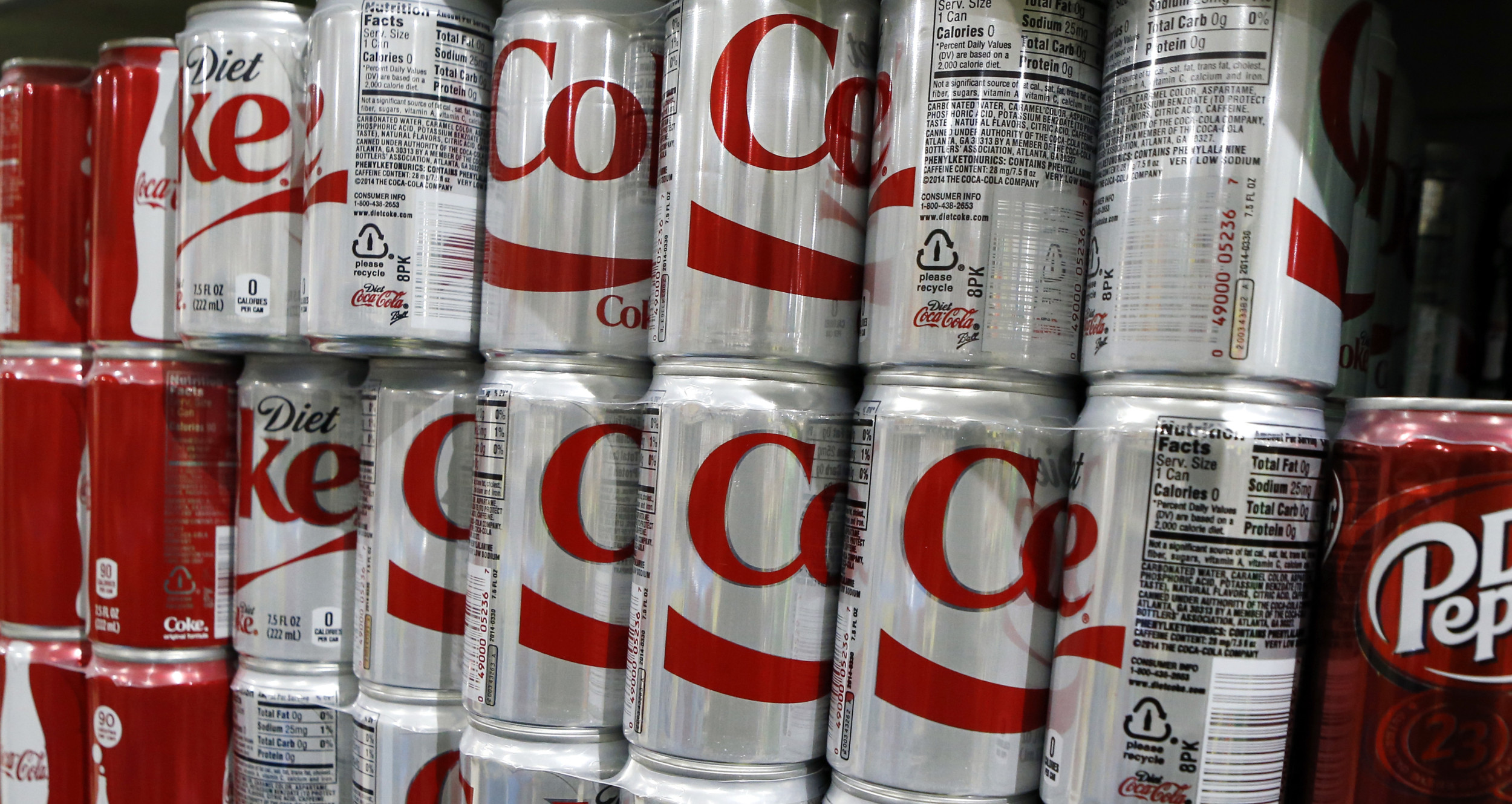The rising threat of devastating wildfires and the demographic growth in the state's most at-risk areas are a "ticking time bomb" for Texas homeowners insurance market, experts warned.
A similar situation to that of California, where over the past few years major insurers have significantly cut coverage in the most at-risk zones while also increasing premiums, could repeat itself in the Lone Star State, which is much less prepared to handle dangerous blazes.
Why It Matters
The recent devastating wildfires in Los Angeles County sparked a conversation about the future of homeowners insurance in the areas of the country most vulnerable to extreme weather events.
In the past few years, several major insurers in disaster-prone states like California and Florida cut coverage in the most at-risk zones due to increasing costs and higher catastrophe exposure. This, in turn, has dramatically diminished availability in these markets, leaving homeowners scrambling for options and facing significantly higher premiums.
Only months before the blazes, many in the California region affected by what's considered the largest wildfire-insured loss in American history were told by their insurers that their policies won't be renewed. Some have lost their homes and now have no idea how to rebuild their lives.
Texas, while not the first state that comes to mind when thinking about fire risk, had more wildfires in 2023 (7,102) than any other state besides California (7,364), according to a Redfin study. In 2022, it actually had the highest number of wildfires in the nation.
"Aside from California, the Lone Star State also has the greatest number of homes in the wildland-urban interface (WUI)—the part of the country where developed land intermingles with undeveloped land, making it especially vulnerable to wildfires," Redfin wrote.
Growing Risk Of Devastating Wildfires
Wildfires are common in Texas, "particularly during the summertime when grasses and other fuels can dry out," John Nielsen-Gammon, Regents Professor and Texas State Climatologist at Texas A&M University's Department of Atmospheric Sciences, told Newsweek.
While winds are typically light in the summertime, making such fires rarely dangerous, "more concerning are fires during the winter-spring wildfire season in west and west-central Texas, which feed on winter-dormant grasses before spring green-up and can be spread by very strong winds," Nielsen-Gammon said. "Those fires can grow much larger and spread very quickly."
Climate change is playing a role in exacerbating this issue in the Lone Star State. The risk of wildfires in Texas is growing, according to Nielsen-Gammon, "primarily because higher temperatures allow potential fuels to dry out more rapidly, leading to a greater number of days when wildfire is possible."
Fire suppression efforts, as well, have led to increased amounts of vegetation in fire-susceptible areas, further increasing the risk of dangerous wildfires breaking out in the Lone Star State.
Could Texas Experience Wildfires As Devastating As the L.A. Ones?
According to Nielsen-Gammon, the weather dynamics that fueled the Los Angeles County wildfires in January are unlikely to present themselves in the Lone Star State. "Texas doesn't get extreme dry winds anywhere near as often as California," the climatologist said, referring to the Santa Ana winds that drove the L.A. fires across the entire county.
"Even West Texas rarely sees winds exceed hurricane force, but that just means the wildfires in West Texas won't move as rapidly into urban areas, not that they won't move at all," he added.
Steven Haynes, Assistant Professor of Practice, Finance and Managerial Economics at the University of Texas at Dallas, fears that the fires could, in fact, move far enough to create enormous damages—in part because the Lone Star State isn't as well equipped as California to handle this threat.

Texas doesn't have an equivalent for the California Department of Forestry and Fire Protection (Cal Fire) in the Golden State, which works to prevent and control wildfires at the state level. "Instead, we rely very much on our local firefighters for loss prevention, actual treatment, enforcement, and things of that nature against wildfire risk," Haynes told Newsweek.
"And when we move away from major metropolitan areas such as Austin, Houston, Dallas, and Fort Worth, we really start running into more local volunteer fire departments who often lack the experience," he said.
"It's hard to get training to become a structural firefighter in the volunteer services. And then once you become a structural firefighter, it's completely different from wildland firefighting. It's a different approach. It's a different mindset," Haynes added.
On top of that, "very lax regulations around building codes" mean that a potential wildfire could cause massive damage to people's homes.
"We're sitting here waiting for the ticking time bomb to explode," Haynes said. Combine Texas' potential drought conditions with "rich fuel sources scattered by high winds and you got a wildfire that's going to be very difficult to contain," he added.
Number Of People Living in Texas Fire-Prone Areas Rising
The risk that wildfires in Texas could cause enormous damages is growing as more people move to fire-prone areas, according to recent data.
A 2024 report by Redfin found that a total of 97,535 people moved into high-fire-risk U.S. counties in 2023; 35,175 of these moved to Texas. All in all, high-fire-risk counties in the Lone Star State saw a net inflow of 30,156—which means that a majority of those who moved to Texas went to live in a vulnerable area.
The demographic growth in these areas is likely to send homeowners insurance premiums skyrocketing in the coming years, especially if a wildfire actually breaks out.
"Population growth in fire-prone areas of Texas does increase potential insurance claim exposure," Daryl Fairweather, chief economist at Redfin, told Newsweek. "As more people move to areas with higher wildfire risk, especially in parts of central and western Texas, insurance companies face greater potential liability."
What's driving this influx of people to fire-prone zones of Texas, where the land is cheap, is "a lack of affordable housing in urban centers," Fairweather said, even as these areas "may carry higher insurance costs."
Fire-prone areas of Texas might not remain as affordable, especially as the presence of more homes increases the potential for damage from wildfires, Nielsen-Gammon said. On the other hand, the climatologist added with a note of optimism that this demographic change is not entirely negative.
"When counties in the DFW [Dallas-Fort Worth] Metroplex transition from mostly rural to entirely urban, the chance of wildfires goes down because there are no longer open rangelands or shrublands for fires to spread," Nielsen-Gammon explained.
A Looming Insurance Crisis
Climate-related events are already impacting Texas insurance markets.
"Insurers have faced increased claims from severe storms, flooding, and wildfires. This has led some insurance companies to either raise rates significantly or become more selective about coverage in certain areas," Fairweather said.
Homeowners insurance premiums in Texas are estimated by LendingTree to have increased by 54.5 percent between 2019 and 2024. According to NerdWallet's latest estimates, the average annual cost of home insurance in the Lone Star State is $4,400—130 percent more than the national average of $1,915.
"This affects both the insurance and housing markets, as higher insurance costs or difficulty obtaining coverage can negatively impact home sales and property values," Fairweather said.
Insurers "are taking notice, especially because of California," of the risks posed by more frequent, unpredictable wildfires, Haynes said. "Insurers like State Farm don't want to write business in Texas, because they're seeing these losses," he added.
Wildfire losses are particularly bad for insurers, Haynes explained, "because most of the time when you have a loss, it is the insured's responsibility to validate or to provide proof or documentation of their loss; in wildfires, because the proof is no longer there, it's actually not something they have to do. They just have to substantiate that as a total loss. And policy limits are paid out."
Fairweather thinks that, as the frequency and costs of claims increase in Texas, insurers will have to hike their rates or cut coverage in order to stay profitable. "Insurers will likely charge higher premiums, offer less coverage or no coverage at all, and require more adaptations to homes to make them more resilient to natural disasters," she said.
Haynes agrees that insurers in Texas are already "pricing in the losses they can expect to have in the future," Haynes said. "When I first moved into my house 20 years ago—and I live in Allen, Texas—, I was paying maybe $1,100 a year for homeowner's insurance," he explained.
"Today, I'm paying $4,600 a year with less coverage. So, in 15-20 years time, it's gone up 300 percent. And I have a lot of friends who are in the country who are having a hard time finding coverage because they're being priced out," he said.
What Can Texas Do?
Fairweather thinks that Texas could invest more in preventing fires, by managing forests and mandating fire resiliency in building codes and infrastructure like utilities, as well as increase funding and effectiveness of fire departments.
More efforts could be made to discourage building in fire-prone areas and encourage building in fire-resilient areas, she said, and to make sure that regulations on insurance are working in the best interests of Texans.
"This means that regulations are working to protect consumers but are not so burdensome that insurers leave Texas altogether," she said. "There need to be enough insurers willing to operate in Texas, such that insurers are competing for customers, and not the other way around."
Haynes thinks that mitigation efforts should include having a ban on combustibles within 70 feet of a home and moving towards using more non-combustible material in the construction of houses, while insurance companies should review the way they calculate risk and offer policies.
But a real revolution in the way homeowners insurance systems work in Texas and the U.S. will only happen when the country is forced to make changes, Haynes believes.
"Think of a balloon that continues to inflate, and eventually it's going to pop," he said. "And when it pops, all that rushing air becomes policy changes. We're going to continue having significant losses until one day the system is going to break and the government's going to step in and create legislative action," Haynes explained.
"Wildfires are not going to be the catalyst for the sweeping change. It's going to be something probably hurricane-driven, because it's going to transcend state boundaries. And honestly, it's probably going to be Texas or Florida."












)






)
 English (US) ·
English (US) ·